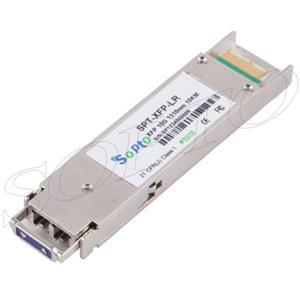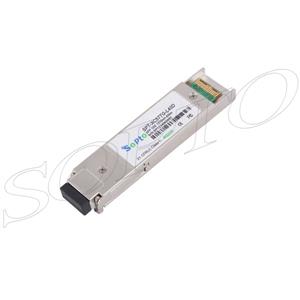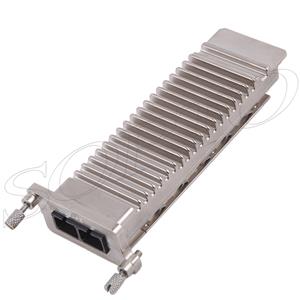-

- Sopto Home
-

- Special Topic
-

- Module Knowledge
-

- Optical Module-Simplex Communication
Module Knowledge
- Tips for Buying 10G XFP Transceivers
- XFP Transceivers for Telecommunications
- Three Types of Ethernet SFP Transceiver Modules Introduction
- Info about High Density CXP Optical Module
- Multipurpose CFP Optical Modules
- Info about CFP Management Interface
- SFP+ Transceivers Short Range Module Overview
- 3 Reasons Every Network Needs GLC-LH-SM Transceiver
- Is the GLC-SX-MM Transceiver Right for Your Switch?
SOPTO Special Topic
Certificate



Guarantee
Except products belongs to Bargain Shop section, all products are warranted by SOPTO only to purchasers for resale or for use in business or original equipment manufacturer, against defects in workmanship or materials under normal use (consumables, normal tear and wear excluded) for one year after date of purchase from SOPTO, unless otherwise stated...
Return Policies
Defective products will be accepted for exchange, at our discretion, within 14 days from receipt. Buyer might be requested to return the defective products to SOPTO for verification or authorized service location, as SOPTO designated, shipping costs prepaid. .....
Applications
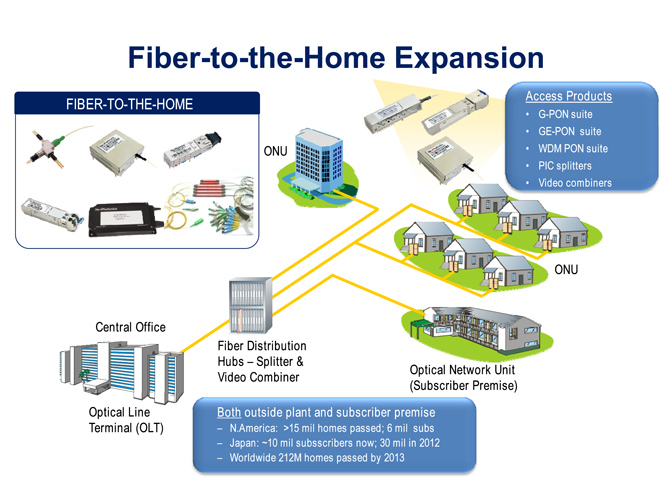 Fiber Optic Transceiver Modules can be applied to these occasions or fields.
Fiber Optic Transceiver Modules can be applied to these occasions or fields.
Ethernet
IPTV
FTTX
Security
Video Monitor
SDH/SONET
Data Communication
Storage Area Networks
SOPTO Products
- Fiber Optic Transceiver Module
- High Speed Cable
- Fiber Optical Cable
- Fiber Optical Patch Cords
- Splitter CWDM DWDM
- PON Solution
- FTTH Box ODF Closure
- PCI-E Network Card
- Network Cables
- Fiber Optical Adapter
- Fiber Optical Attenuator
- Fiber Media Converter
- PDH Multiplexers
- Protocol Converter
- Digital Video Multiplexer
- Fiber Optical Tools
- Compatible
Performance Feature
Stable
Low cost
Small size
Economic
Dust-proof
High speed
Hot-pluggable
Good EMI, EMC
Wide appliaction field
DDM function available
Long transmission distance
Good Anti-static performance
Module Knowledge
Recommended
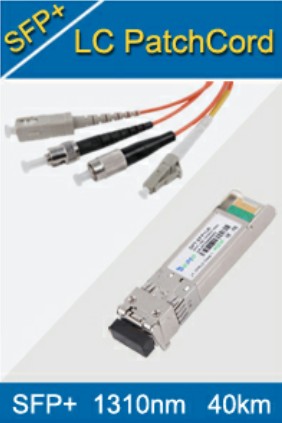
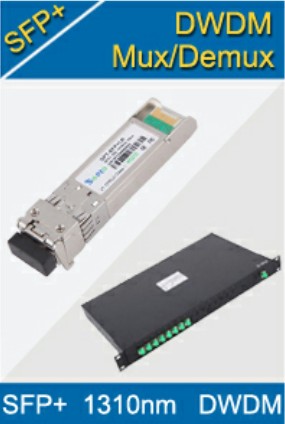
Simplex Communication
Simply speaking, simplex communication refers to communication that occurs in one direction only. Two definitions have arisen over time: a common definition, which is used in ANSI standard and elsewhere, and an ITU-T definition. The ITU definition of simplex is termed "half duplex" in other contexts.
Simplex is a communications mode in which only one signal is transmitted, and it always goes in the same direction. The transmitter and the receiver operate on the same frequency. When two stations exist and they alternately (not simultaneously) send signals to each other on the same frequency, the mode is technically known as half duplex. However, most amateur radio operators refer to half duplex as simplex.
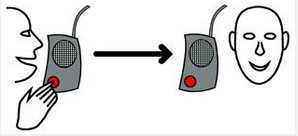
At high and microwave wireless frequencies, the simplex or half duplex modes will not provide enough communications range in some situations. To increase the effective range, wireless repeaters are used. In a typical repeater, the incoming signal has a different frequency than the outgoing signal, so that the transmitted signal does not overwhelm the repeater's receiver. Repeaters, strategically located in high places with large line-of-sight coverage zones, can greatly increase the range of a wireless communications system.
In order for a station to send and receive data simultaneously, two different frequencies must be used, one for transmitting and the other for receiving, a mode called full duplex. A more sophisticated mode called multiplexing allows for two or more signals or streams of information to be sent simultaneously in the same direction as an "interwoven" complex signal. The component signals are extracted and decoded individually at the receiving end.
Related Knowledge:
Guess Products You May Like:






